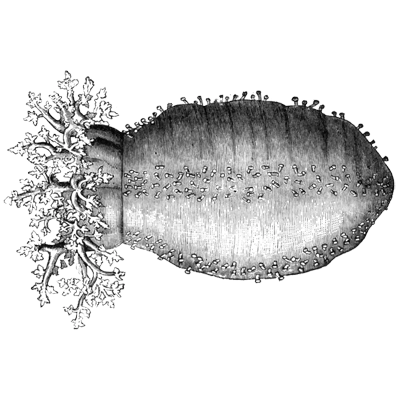What The 10 Most Worst Cat Door Fixing Fails Of All Time Could Have Been Prevented
The Purr-fect Fix: A Comprehensive Guide to Cat Door Fixing
As any cat owner can attest, a cat door is a vital feature in any feline-friendly home. It offers our whiskered pals with the freedom to come and go as they please, while likewise keeping unwanted critters out. Nevertheless, like any other family product, cat doors can become broken or worn gradually, needing some TLC to get them back in working order. In this short article, we'll explore the world of cat door fixing, exploring the typical concerns, DIY solutions, and expert tips to help you keep your feline buddy's entrance in top condition.
Typical Issues with Cat Doors
Before we dive into the fixing part, it's necessary to understand the typical issues that can occur with cat doors. These consist of:
Sticking or jamming: Over time, the door's hinges or rollers can become broken, triggering the door to stick or jam. Leakages: Gaps or fractures in the door or its frame can allow cold air, moisture, or even undesirable visitors to enter your home. Broken or harmed frames: Accidental scratches or knocks can damage the door's frame, jeopardizing its structural integrity. Faulty locking mechanisms: The locking system can end up being jammed or broken, rendering the door worthless. Damaged seals: The door's seals can end up being worn out, enabling air to permeate through and decreasing the door's energy efficiency. DIY Solutions for Cat Door Fixing
Luckily, many cat door issues can be solved with some standard DIY abilities and tools. Here are some step-by-step solutions for typical problems:
Sticking or jamming: Clean the door's hinges and rollers with a soft brush and some lubricant. Use some silicone-based lubricant to the hinges and rollers. If the door still sticks, try adjusting the hinges or changing the rollers. Leakages: Inspect the door and its frame for gaps or cracks. Seal any gaps or cracks with weatherstripping or caulk. Replace the door's seals if they're worn. Broken or harmed frames: Clean and examine the frame for any damage. Usage wood glue or a wood filler to repair any cracks or scratches. If the frame is badly harmed, consider changing it. Defective locking systems: Inspect the locking system for any clogs or jamming. Clean the locking system with a soft brush and some lube. If the locking system is still defective, consider changing it. Damaged seals: Inspect the seals for any signs of wear or damage. Replace the seals with new ones, following the maker's directions. Expert Tips for Cat Door Fixing
While DIY options can be reliable, sometimes it's needed to call in the experts. Here are some expert tips for cat door fixing:
Use the right tools: Invest in a good quality toolset, consisting of a screwdriver, pliers, and a wrench. Procedure twice, cut when: Before making any repairs, double-check your measurements to prevent any costly mistakes. Use the ideal materials: Choose materials that are durable and weather-resistant, such as stainless steel or PVC. Think about updating: If your cat door is old or out-of-date, consider upgrading to a more recent design with improved features and performance. Often Asked Questions
Q: How typically should I check my cat door?A: It's suggested to check your cat door every 6-12 months to catch any prospective concerns before they end up being significant issues.
Q: Can I repair a cat door myself?A: Yes, numerous cat door issues can be resolved with some fundamental DIY abilities and tools. Nevertheless, if you're uncertain or uneasy with DIY repairs, it's best to speak with a professional.
Q: What are the benefits of updating to a more recent cat door design?A: Newer cat door models frequently come with improved functions, such as better insulation, improved security, and simpler cleaning.
Conclusion
Cat door fixing is a relatively straightforward process that can be accomplished with some standard DIY skills and tools. By comprehending the common issues that can arise with cat doors and following the expert tips and DIY services laid out in this article, you'll be well on your method to keeping your feline pal's gateway in top condition. Keep in mind to examine your cat door routinely and consider updating to a newer model if necessary. With a little TLC, your cat door will continue to provide your feline good friend with the flexibility and comfort they deserve.
Additional Resources
Cat door maintenance checklist: Inspect the door and its frame for any damage or wear. Clean the door's hinges and rollers. Examine the locking system for any clogs or jamming. Change the door's seals if they're worn. Recommended tools for cat door fixing: Screwdriver Pliers Wrench Weatherstripping or caulk Wood glue or wood filler Cat door manufacturers: PetSafe Cat Mate Staywell Perfect Pet Products By following the tips and guidelines detailed in this short article, you'll be well on your method to ending up being a cat door fixing expert. Keep in Cat Flap Fitting Glass Doors Bushey Repair My Windows And Doors to always follow safety preventative measures and speak with a professional if you're unsure or uneasy with any aspect of the process.
Cat Flap Fitting Glass Doors Bushey Repair My Windows And Doors
